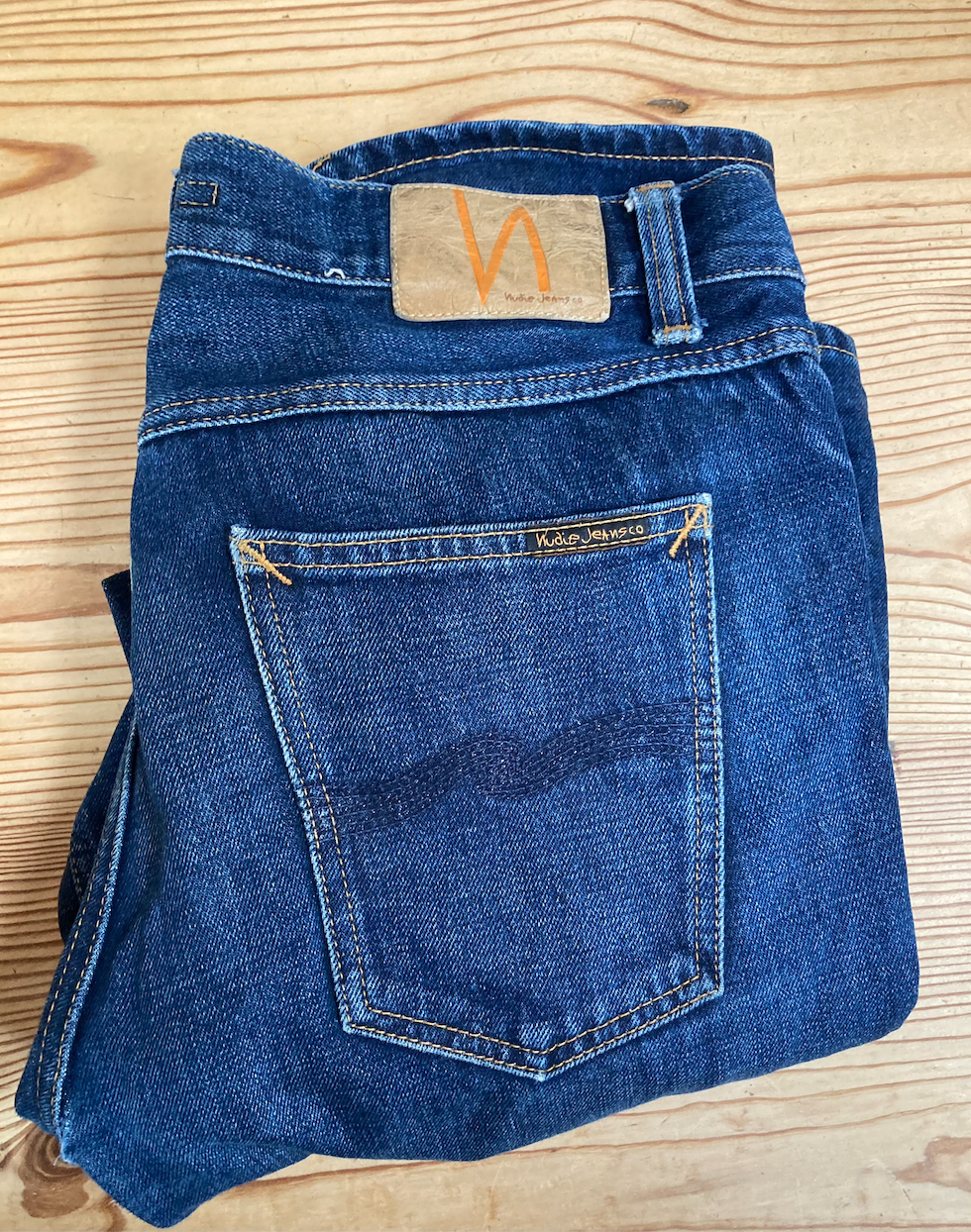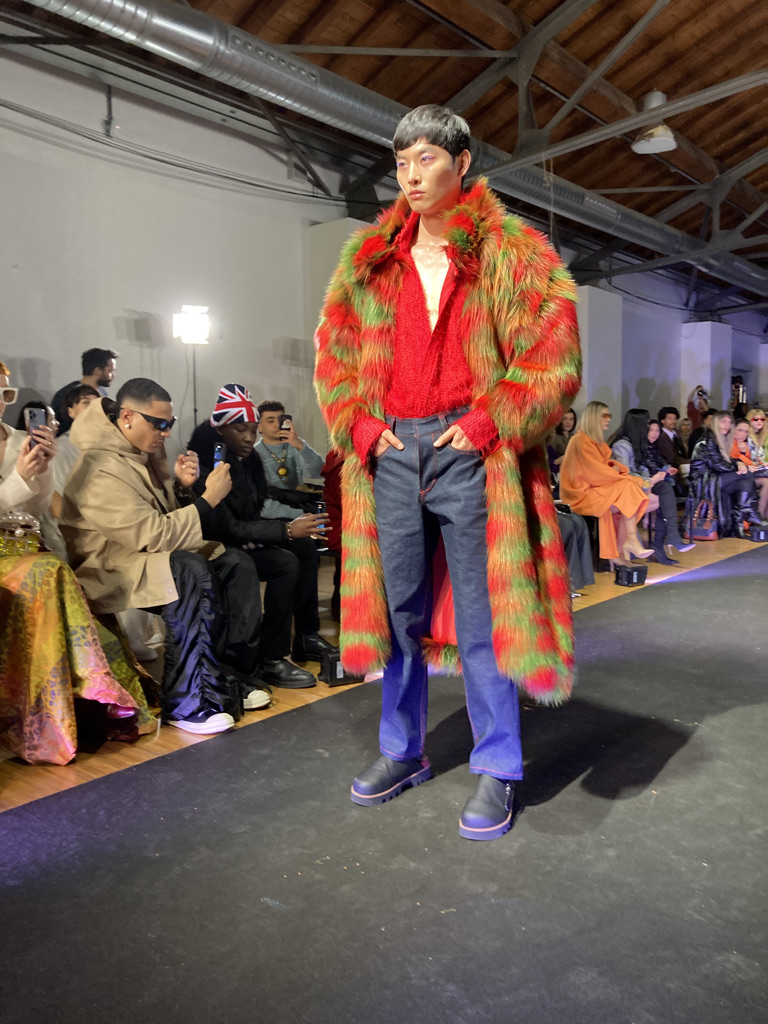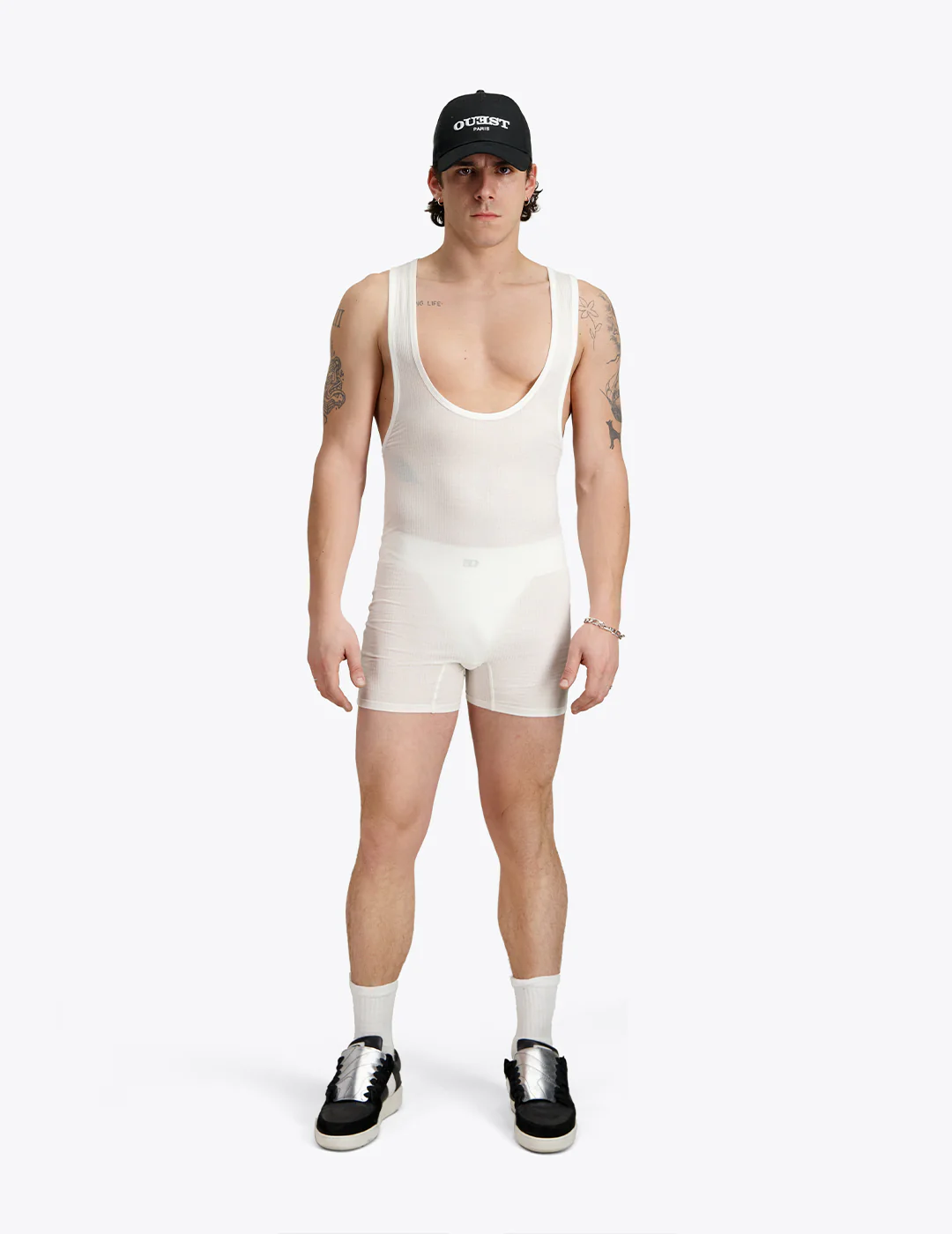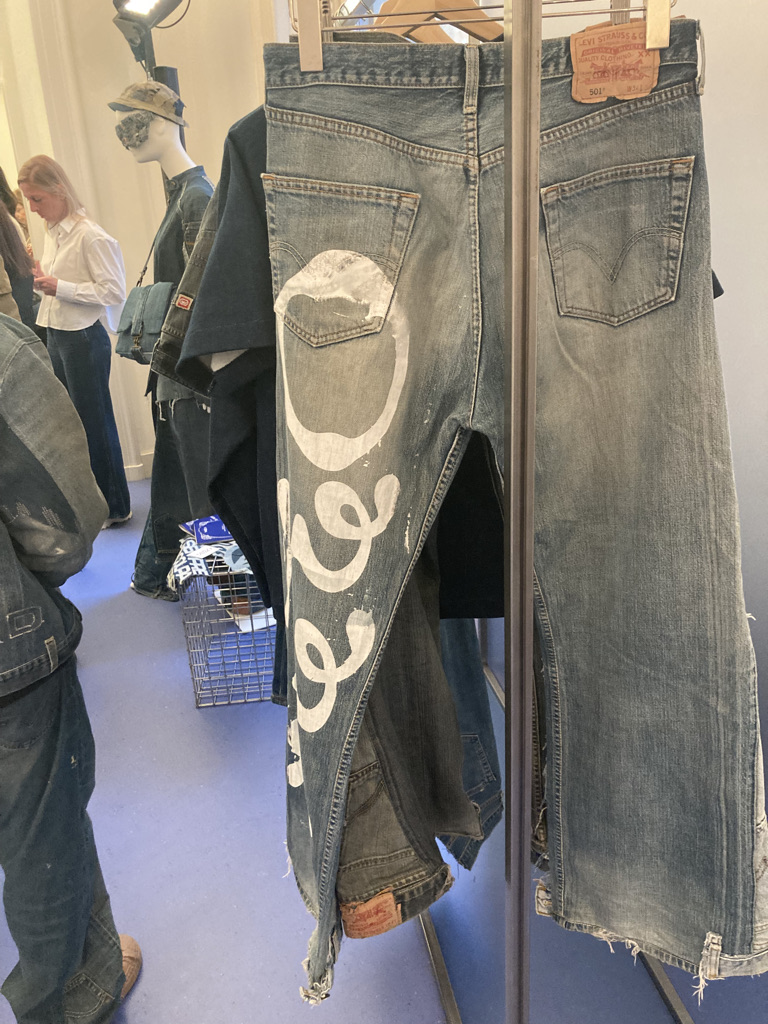Tag: Mensfashion
-

That’s A FAKE & We Know It
Style moved from Having It to Faking It. As with so many elements in modern life, expensive handbags may not be what you think, fake handbags are stylish. Once a secret, today buyers and influencers proudly display cheap knock offs.
-

Vintage Denim History
The history of denim was displayed in Berlin. While walking around a trade fair I came across a stall with vintage jean pieces. The Jeans Museum located in Zurich Switzerland contains over 14,000 pairs of jeans and jackets. Curator Ruedi Karrer is a walking encyclopedia on the textile subject. The Jeans Museum is on Kochlistr […]
-
A Before Tacky Brief
Fashion designer Brett Johnson talks about creativity in this Before Tacky Brief. Check out the entire podcast here:
-

Got Back
Today, I got back my repaired Nudie Jeans. That was fast, the hole got repaired. Better than going out buying a new pair. Here is hoping these last a few more years with a lot of wear. To buy a pair of jeans or use the free repair service, the Nudie Jeans store is located […]
-

A Conversation with Brett
Designer Brett Johnson returns for a conversation on this Before Tacky episode. The Milan luxury fashion head talks about his vision for his label, the quiet luxury trend and the current state of the industry.
-
Pandabuy’s Open Secret
The Fake It Till You Make You culture took a hit on Wednesday. The Chinese fashion platform Pandabuy got raided by police. The popular app is known for selling clothing at low prices. The open secret, many fake luxury goods purchased find their way to global influencers. TikTok accounts littered with newly purchased designer labels […]
-

At Nudie Again
Another Nudie Jeans post, The denim brand is a staple of my wardrobe. I met the founders in Berlin at Bread and Butter in the early 2000’s. The label has always stood for sustainable. I got my first pair in 2012, I’ve been a fan ever since. The Repair Bar in the Hackersham Market Store […]
-

Color and More Color from Sugaboi
From Milan Fashion Week this past February with a color from the Caribbean, fashion brand Sugaboi hit the runway with a collection blending a hot palette with a figure hugging forms. Creative head Geoff Cooper made the most of his calendar debut.
-

Ouest Paris makes a Menswear STATEMENT
From Florence at Pitti Uomo, Arthur Roberts from menswear Ouest Paris talks about his brand’s combination of Hedonism and Space Age influences. Click below for the Before Tacky Podcast interview.
-

Fashion at 0331
At Milan Fashion Week in the HUB, start-up label 0331 had a display in the new designers section. The Milan creative collectives started the brand with sustainable practices, up-cycling used denim to new forms.